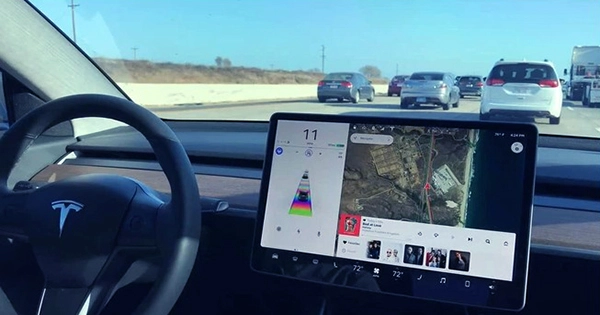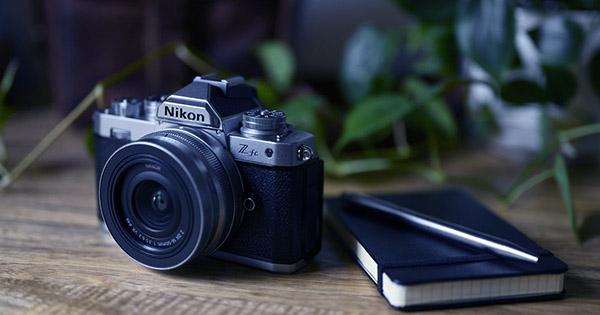One man’s Tesla has an odd problem: it keeps identifying people who aren’t there, just over tombstones in cemeteries. On TikTok, @iam3dgar posted a video of himself driving slowly through a cemetery while listening to eerie music. As the scene progresses, he records the dashboard as it begins to depict human shapes on the screen, implying that there are human-shaped dangers hiding among the graves, which is already eerie enough.
However, as the camera pans up, no persons are seen. So, what exactly is going on here? Either the graveyard is haunted and Tesla is clairvoyant, or there’s a problem with the sensor and/or the hazard-detecting program. It’s very feasible that the eight cameras or 12 ultrasonic sensors were simply defective and caused the issue. Or the sensors are fine, implying that the program is dealing with anything unexpected it has discovered.

False positives, or detections of risks that aren’t present, are the flaws. It’s possible that it’s detecting flowers close to the camera and mistaking them for dangers further away. In terms of safety, more false positives are preferable to false negatives in automated cars. Consider if it is preferable to erroneously detect a youngster running into the road rather than not detect the same thing. As a result, when algorithms are changed, it’s best to be safe and let the program output more false positives than false negatives. That isn’t to imply, however, that false positives aren’t an issue. Tesla has previously recalled vehicles due to “false-positive braking.”
“False positives are really dangerous,” said Ed Olson, the founder of May Mobility, a self-driving shuttle business. “A vehicle that abruptly slams on the brakes is more likely to crash.” And, on rare occasions, it might persuade you that you’re sensing the resurrection of the dead. FALSE POSITIONS IN MEDICINE ARE EXPENSIVE, TERRIFYING, AND EVEN PAINFUL. Yes, the doctor ultimately assures you that the follow-up biopsy following the bloop on the mammography will clear you.
However, the periods in between are agonizing. “Go home, you’re alright, those headaches are nothing to worry about,” a false negative says. Anyone who creates detection systems, such as medical testing, security screening equipment, or software that allows self-driving cars to sense and analyze their surroundings, is aware of (and terrified of) both situations. However, the difficulty with avoiding both false positives and negatives is that the more you do to prevent one, the more you go closer to the other.
















